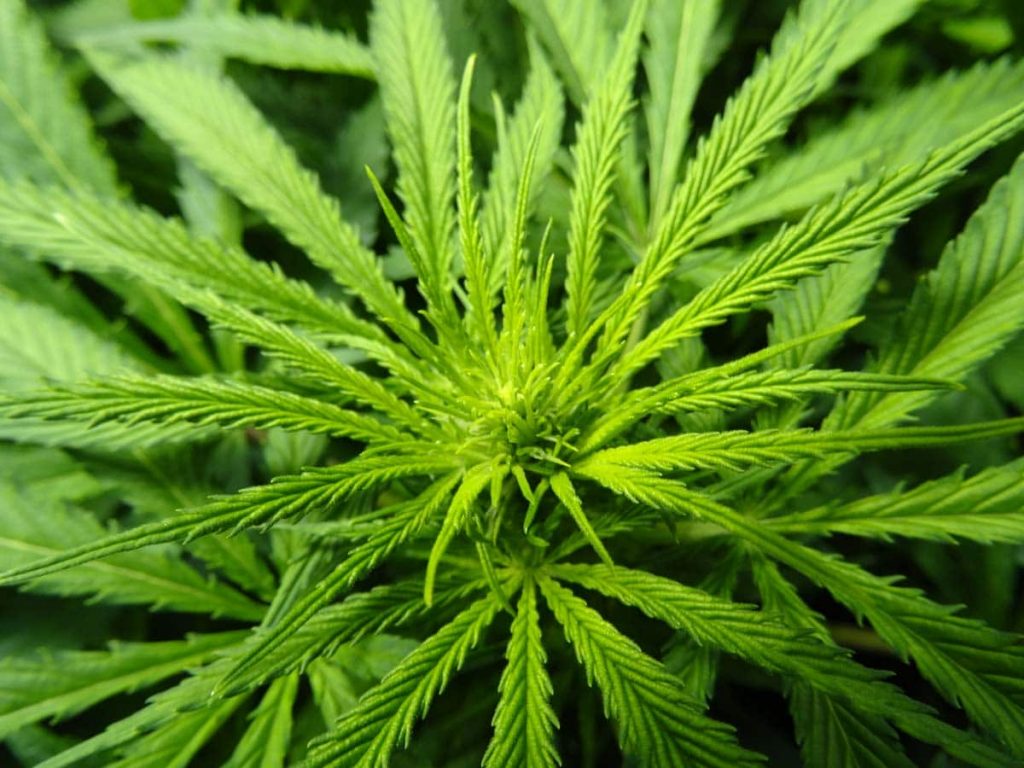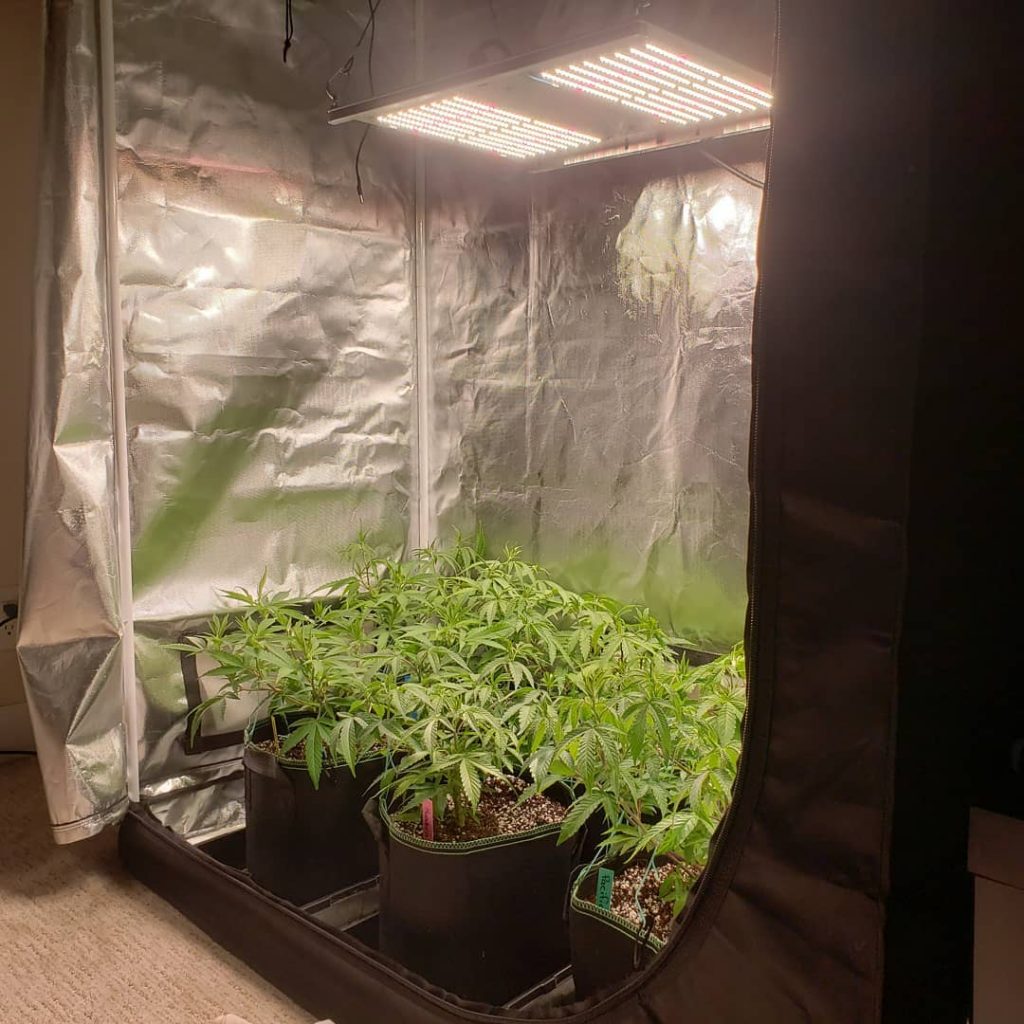Should You Grow Plants Indoors Or Outdoors?
There are two major ways to grow marijuana, indoors and outdoors. Some people will use a mixture of the two and grow their plants indoors during the vegetative stage when they need constant light, then transport them outdoors when they are ready to start flowering and only need 12 hours of light a day.
Growing Marijuana Outdoors
Major Considerations:
- Grow area must avoid detection for several months by potential thieves
- Grower must have easy access to grow area and should be able to visit at least once a week
- There needs to be a convenient source of water nearby
- Area should be well lit by the sun and optimally have strong, direct sunlight from at least 10am-4pm (more is better)
- The climate should have a warm growing season, the longer the better
- Plants must be planted at a certain time of the year and often there can only be one crop a year (unless growing with autoflowering strains)
- Longer Grow Time, typically Spring until Late Autumn.
- Potential interference from bugs, animals, flooding, thieves, and other uncontrollable factors
Benefits:
- Can be the easiest method since marijuana plants need less tending in their natural environment
- Cheapest start-up and maintenance costs since there is free light and ventilation
- Often bigger plants with bigger yields

Growing Marijuana Indoors
Major Considerations:
- Must have enough room to grow indoors and be able to avoid detection
- Start-up costs can be pretty high depending on grow system
- Maintenance cost (electricity and nutrients) can get expensive depending on the grow system and number of plants
- Must have good ventilation and keep grow area clean
- More upkeep than growing cannabis outdoors
Benefits
- Generally shorter grow time
- Easier to be discreet and stealthy about growing (no visiting your grow site)
- Ability to control all aspects of environment to produce consistently great bud
- Not dependent on your climate
- Can harvest many crops a year, including in the winter
- Less likely to suffer problems from bugs, pests, etc
- Able to grow plants around your schedule, instead of relying on the seasons
- Many growers believe that indoor buds are the highest quality buds. In medical states, indoor buds are sold at much higher prices than outdoor buds.











